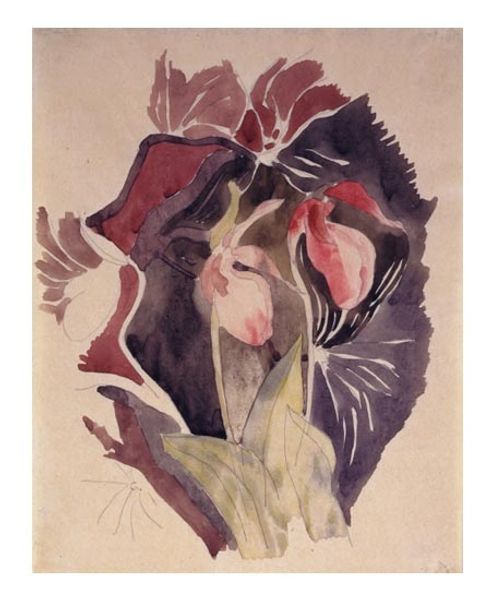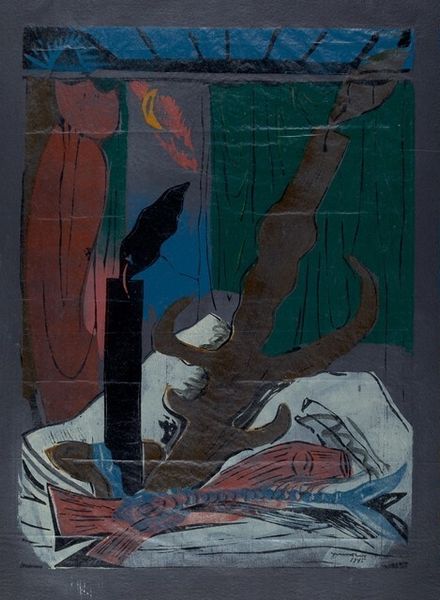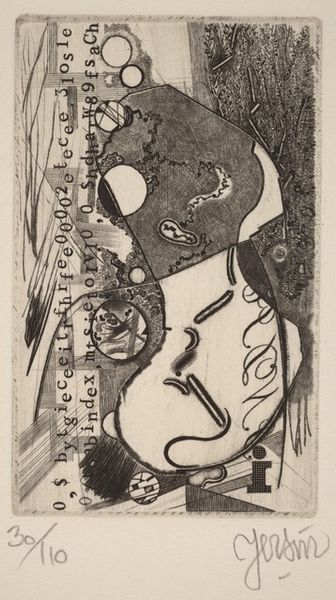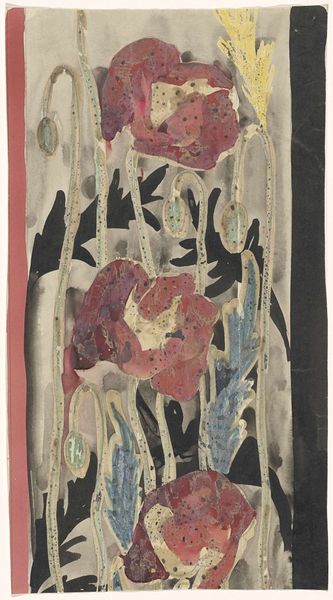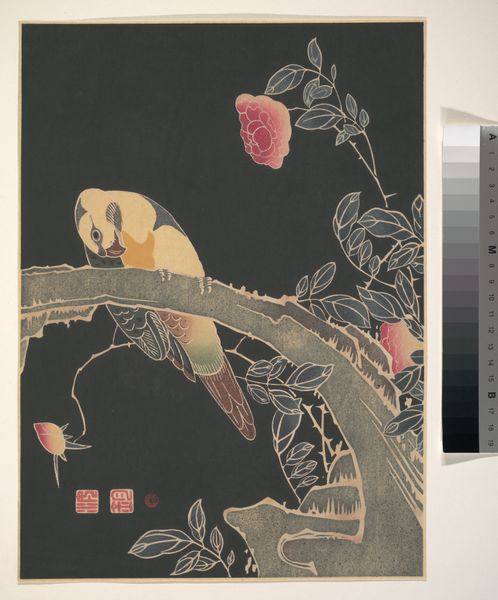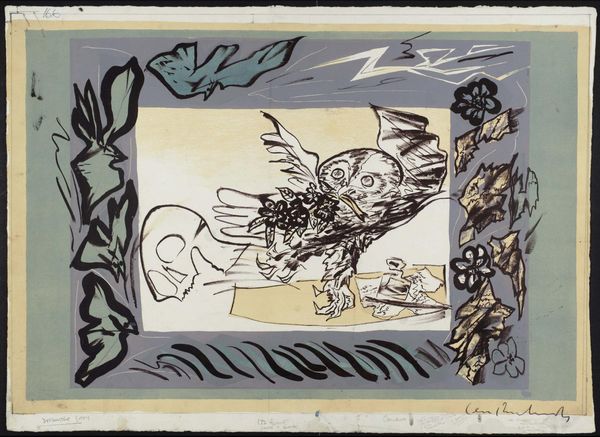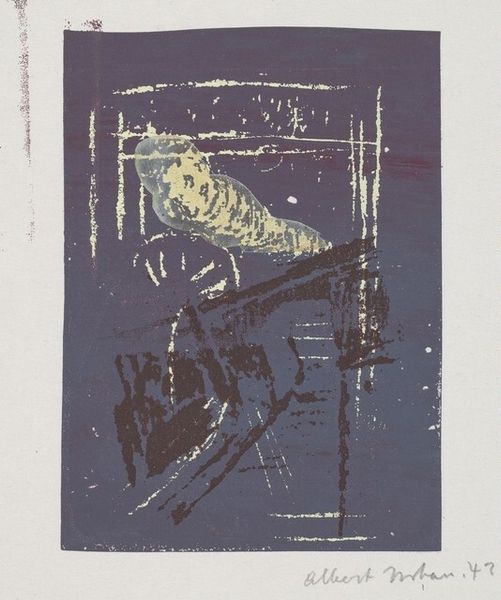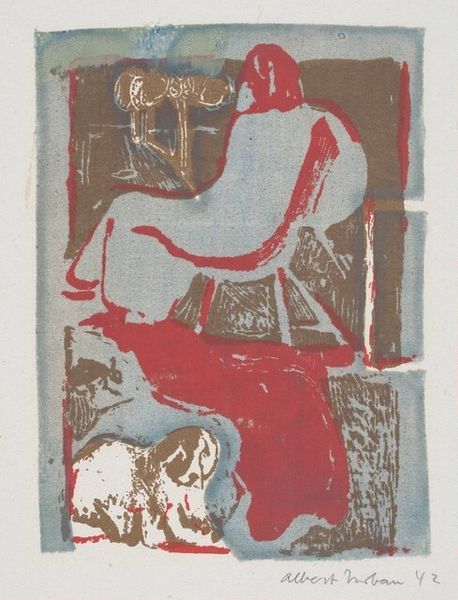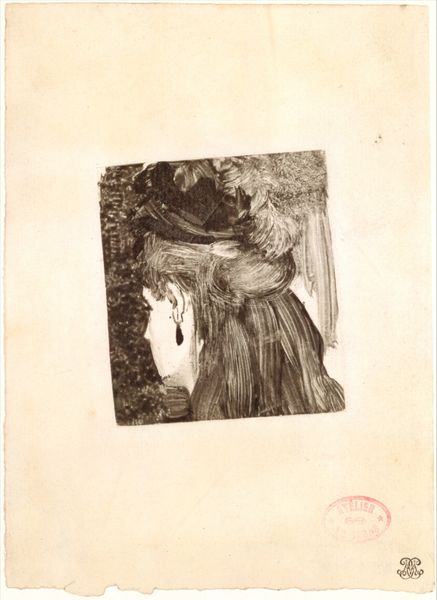
mixed-media, print
#
portrait
#
mixed-media
# print
#
figuration
#
mixed media
#
modernism
Dimensions: sheet: 65.7 x 49.5 cm (25 7/8 x 19 1/2 in.)
Copyright: National Gallery of Art: CC0 1.0
Graham Sutherland created this print, Cynocephalus, using lithography, a process that allows artists to create multiple original impressions from a single image. Sutherland was fascinated by the way that living creatures adapt to their environment, and, perhaps, the ways that human beings do, too. The Cynocephalus, or dog-headed man, is a figure that has appeared in many cultures and contexts across history, from ancient Greece to Christian theology. In Sutherland’s mid-century Britain, still recovering from war and struggling with social inequality, it is hard not to see in the figure of the Cynocephalus a reflection on the fraught relationship between humanity and the animal kingdom. The image creates meaning through visual codes, cultural references and historical associations. To better understand Sutherland’s motivations, we can look to his other work and the critical reception it received, as well as the political and cultural trends of the time. Research can help reveal the many layers of meaning embedded in this work.
Comments
No comments
Be the first to comment and join the conversation on the ultimate creative platform.
